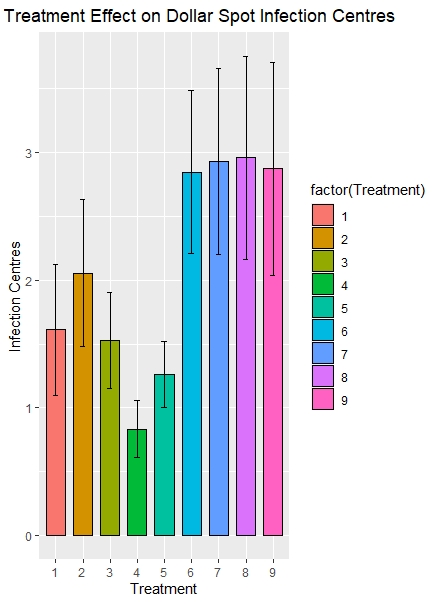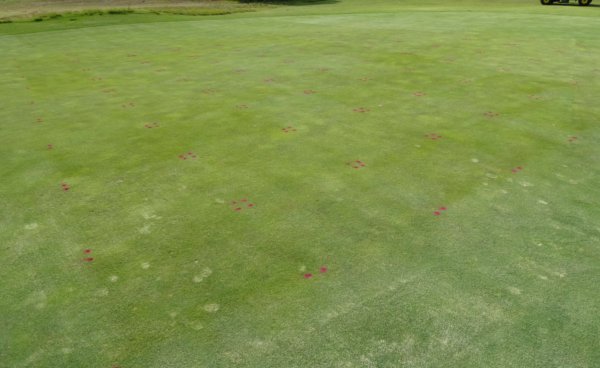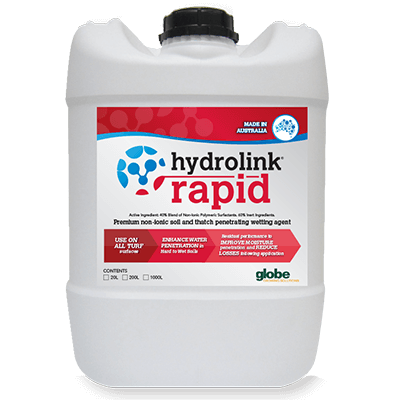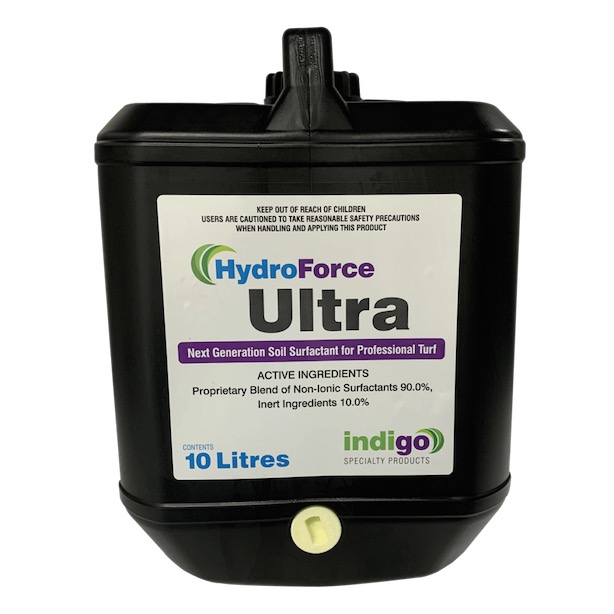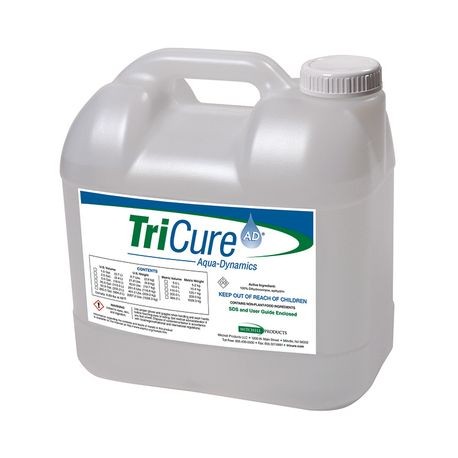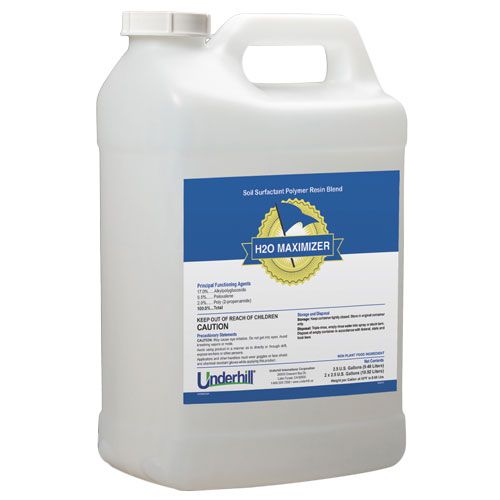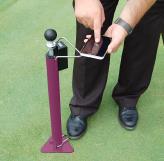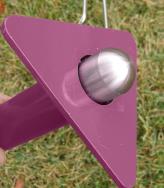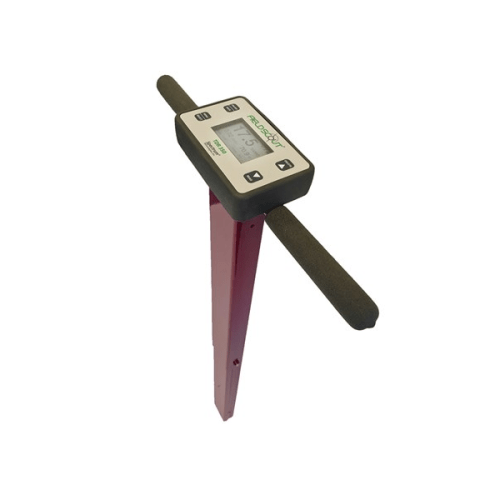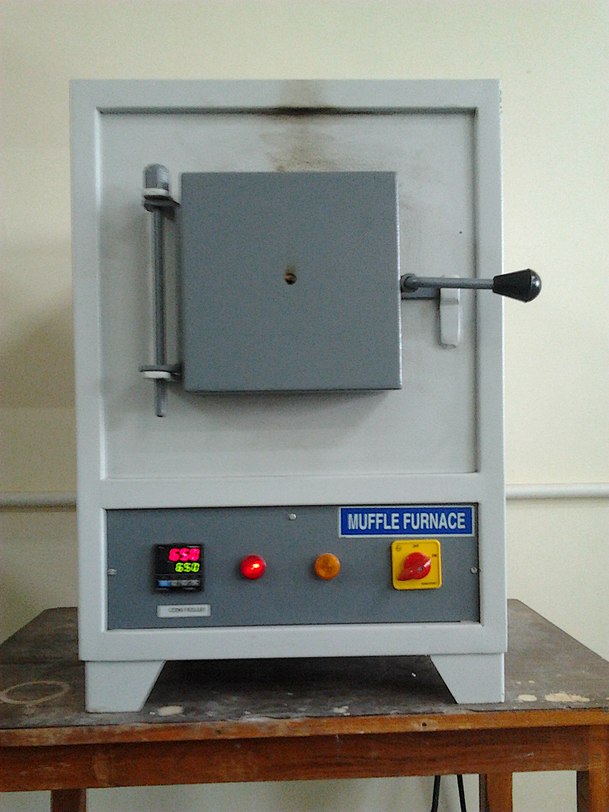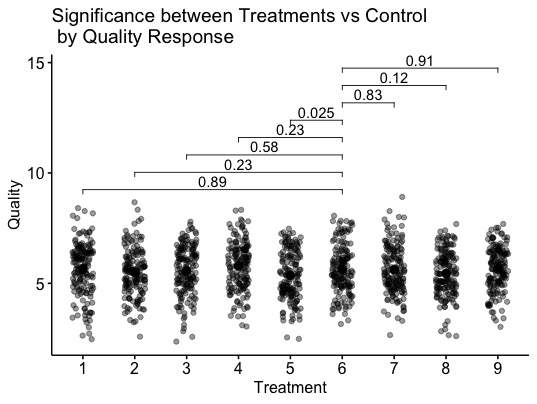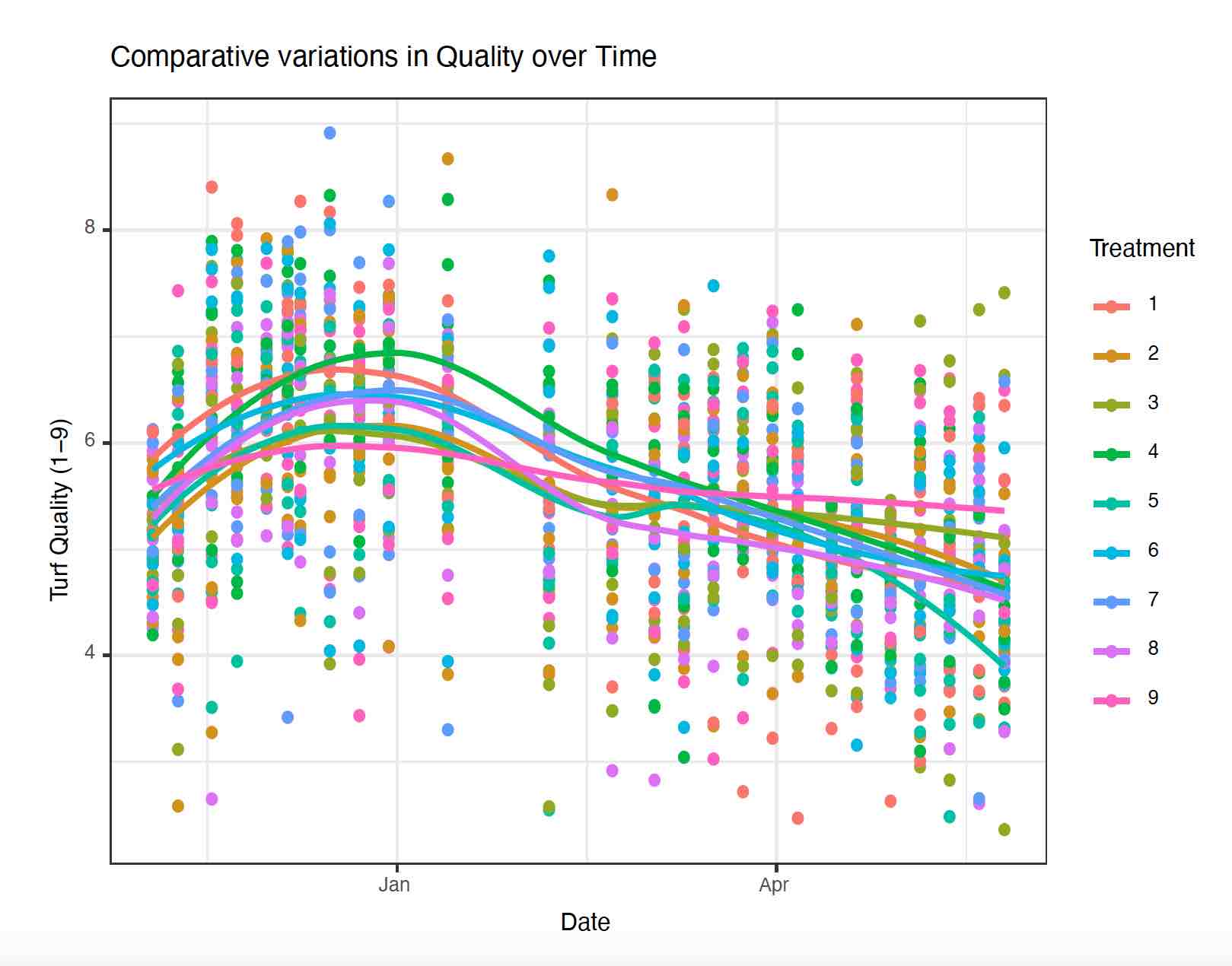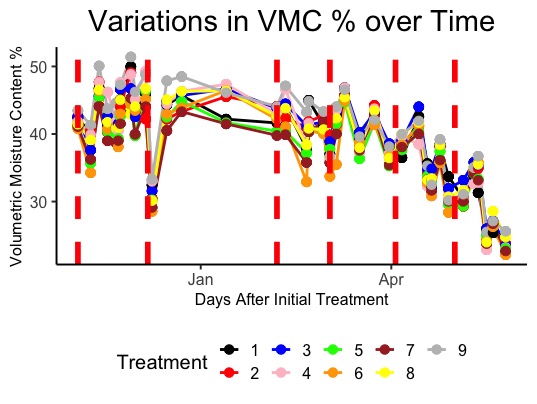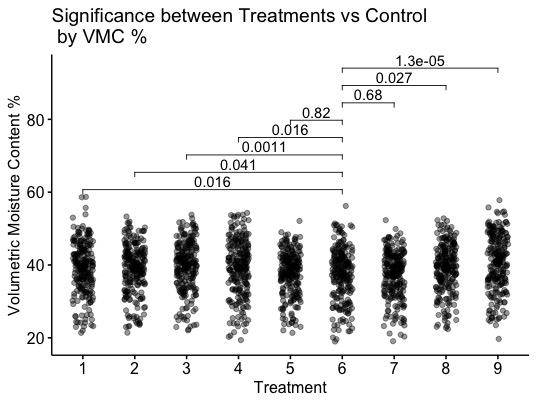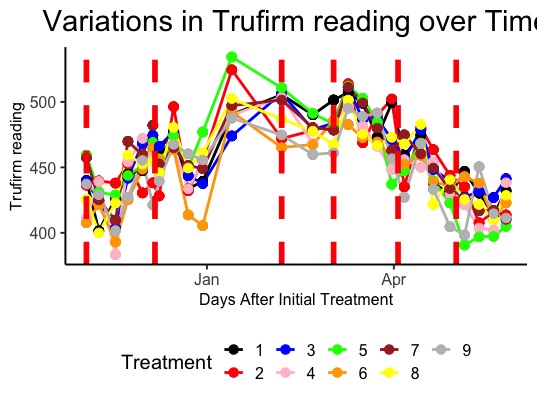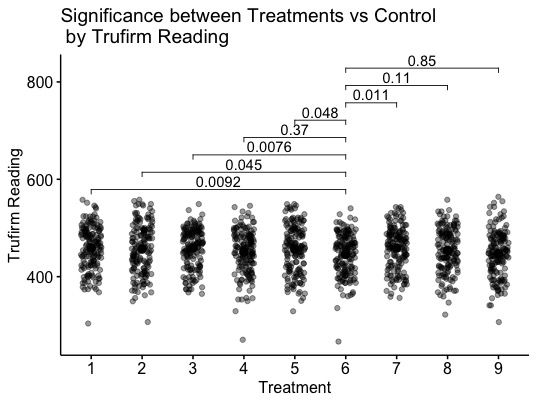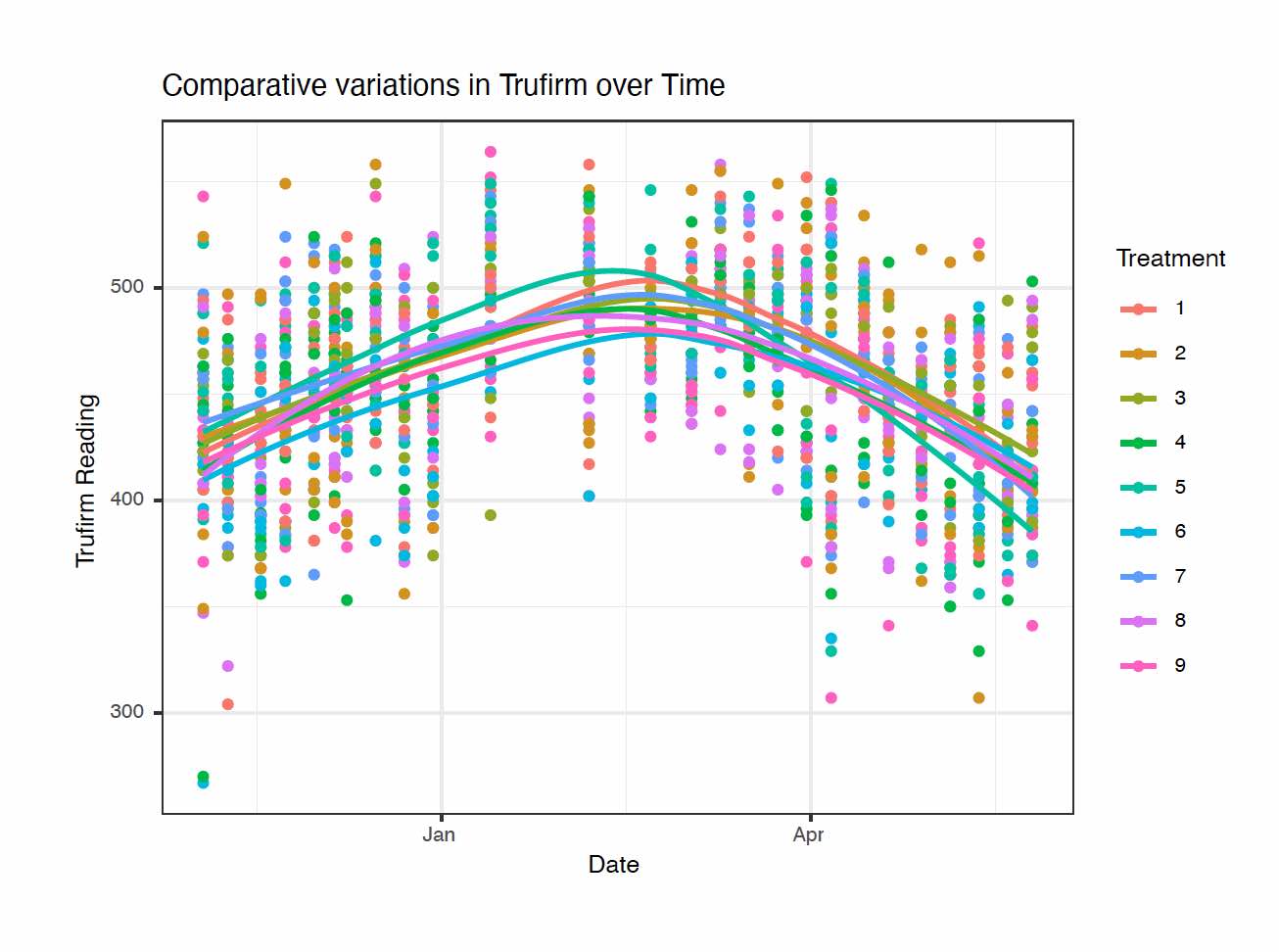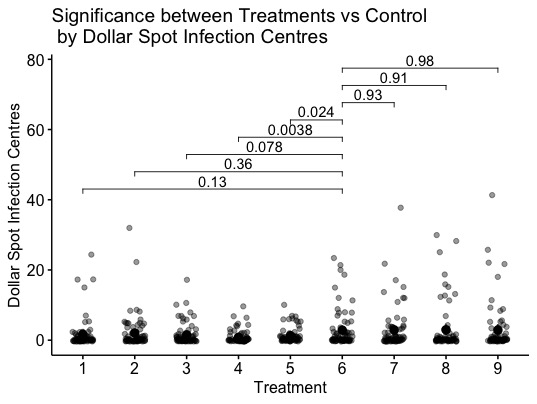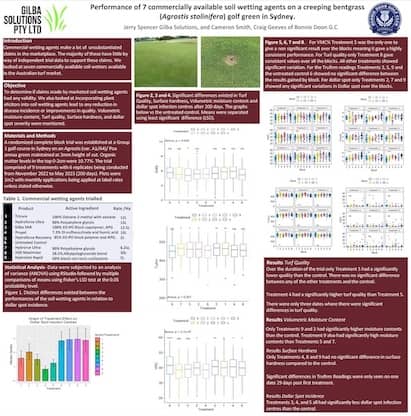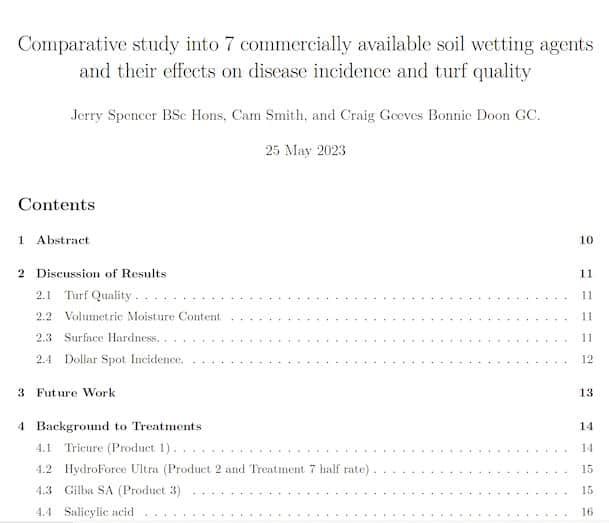Trial Background
As turf agronomists, we like digging into product claims. A case in point is soil-wetting agents. There appears to be a lot of confusion in the marketplace over what grass wetting agents can and can’t do.
So in 2022/2023 we carried out a 2-year study into soil surfactants. The aim is to see how these products perform against each other. We also look into how soil wetting agents impact on soil organic matter.
In September 2024 we finished this two year study into soil surfactants.
This research isn’t going to make claims about what’s the “best soil wetting agent“. Instead, it’s to see how these perform in the field.
As a result of this research we have been able to develop our Soil Wetting Agent Selector progam to help turf managers and lawn owners with water management issues.
The market for soil-wetting agents for lawns and sports turf is becoming increasingly cluttered. All of these make claims to be the “best” soil wetter and according to some sales reps can do whatever you want them to do!
The trial site was a creeping bentgrass green at Bonnie Doon Golf Club in the Eastern Suburbs of Sydney. This soil wetter trial was a completely randomized block trial comprising 9 treatments with 6 replicates of each. The results are relevant for lawn owners and turf managers.
Soil wetters tested included:
- Tricure AD.
- HydroForce Ultra.
- A new proprietary formulation containing plant elicitors.
- Propel.
- Hydroforce Recovery.
- Untreated control.
- HydroForce Ultra at half rates.
- H20 Maximizer.
- HydroLink Rapid.
Research into soil wetting agents
We tested these grass wetting agents for:
- Surface hardness using a Trufirm metre;
- Soil moisture content using a Spectrum TDR350;
- Turf Quality. For this trial we use a light box with a digital camera to take images under constant light conditions. The images are then run through proprietary software to determine their quality ranking.
- Dollar spot. After 106 days this made an appearance. After this counts were made every time readings were taken.
Soil wetting agent effect on turf quality
Throughout the trial, only the Hydroforce Recovery treatment (Treatment 5) has significantly lower turf quality than the control (Treatment 6). There is no significant difference between the turf quality of any of the other treatments and the control.
The Propel treatment has a significantly higher turf quality than the Hydroforce Recovery treatment. This is a result of it containing humic acid.
Over the 200-day trial period, there are only three occasions where there are significant differences in turf quality.
Soil wetting agent effect on soil moisture content
Only the Hydrolink Rapid grass wetting agent and Gilba Solutions proprietary formulation have significantly higher moisture contents than the control. Hydrolink Rapid also has significantly high moisture content than Hydroforce Recovery and the half rates of HydoForce Ultra.
Significant differences in moisture content are seen on 3, 22, 95, 105, 159, 173, 187, and 200 days post first Treatment. In total 23% of the time, significant differences are seen between the treatments in relation to soil moisture content.
Surface hardness
The Propel, H20 Maximiser and Hydrolink Rapid treatments are the only ones with no significant difference in surface hardness in comparison to the control.
Significant differences in Trufirm Readings are only apparent 29 days post first treatment.
Dollar spot incidence
The results of the number of infection centres are split between treatments that give lower numbers than the control and those that show no difference from the control. Although dollar spot is not a common disease for Australian lawn owners the use of wetting agents for lawn disease control is a novel approach we think has considerable merit.
The soil wetting agents showing fewer infection centres are Tricure, Hydroforce Ultra, Gilba Proprietary, Propel, and Hydroforce Recovery.
Those showing no difference from the untreated control are half rates of Hydroforce Ultra, H20 Maximiser, and Hydrolink Rapid.
Gilba Proprietary, Propel, and Hydroforce Recovery all have significantly fewer dollar spot infection centres than the untreated control.
Future research into soil-wetting agents
As a result of this trial, we are extending it into 2023-2024. However, there are going to be four major modifications to the protocol. We believe that this work will be of practical use on soil wetting agents for turf managers and for wetting agents for lawn owners.
- Firstly, we will take moisture readings at both 37mm and 75mm depth. This allows us to get an idea of what is happening in the upper thatch layer, and takes into account the findings of Leinauer et al (2007)1Leinauer, B., Karcher, D., Barrick, T., Ikemura, Y., Hubble, H., and Makk, J. 2007. Water repellency varies with depth and season in sandy rootzones treated with ten wetting agents. Online. Applied Turfgrass Science doi:10.1094/ATS-2007-0221-01-RS. that the efficacy of wetting agents is greatest at depths of 2.5 cm or less.
- Secondly, we will subject the turf to moisture stress. In the marketing literature, Treatments 1 and 2 both claim to maintain, if not improve turf quality after multiple applications under stress conditions.
- Thirdly, we will carry out the water drop penetration time (WDPT) test. This will allow us to measure the actual water repellency of the field-moist samples at depths of 0-2, 2-4, and 4-6cm and get an idea of wetting agent longevity.
- Lastly, we are going to drop some of these soil surfactants and look at some alternatives. Those to go are HydroForce Recovery, the half rates of HydroForce Ultra, the Maximiser H20, and Hydrolink Rapid.
References
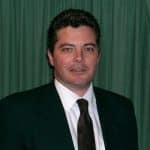
Jerry Spencer
Jerry has an Hons Degree in Soil Science (1988) from Newcastle Upon Tyne University. He then worked as a turf agronomist for the Sports Turf Research Institute (STRI) until 1993.
He gained a Grad Dip in Business Management from UTS in 1999. He has held a number of technical roles for companies such as Arthur Yates (Commercial Technical Manager) and Paton Fertilizers (Organic, turf specialty and controlled release fertiliser) portfolios.
In 2013 he established Gilba Solutions as independent sports turf consultants and turf agronomists. Jerry has written over 100 articles and two books on a wide range of topics such as Turf Pesticides and turfgrass Nutrition which have been published in Australia and overseas.

